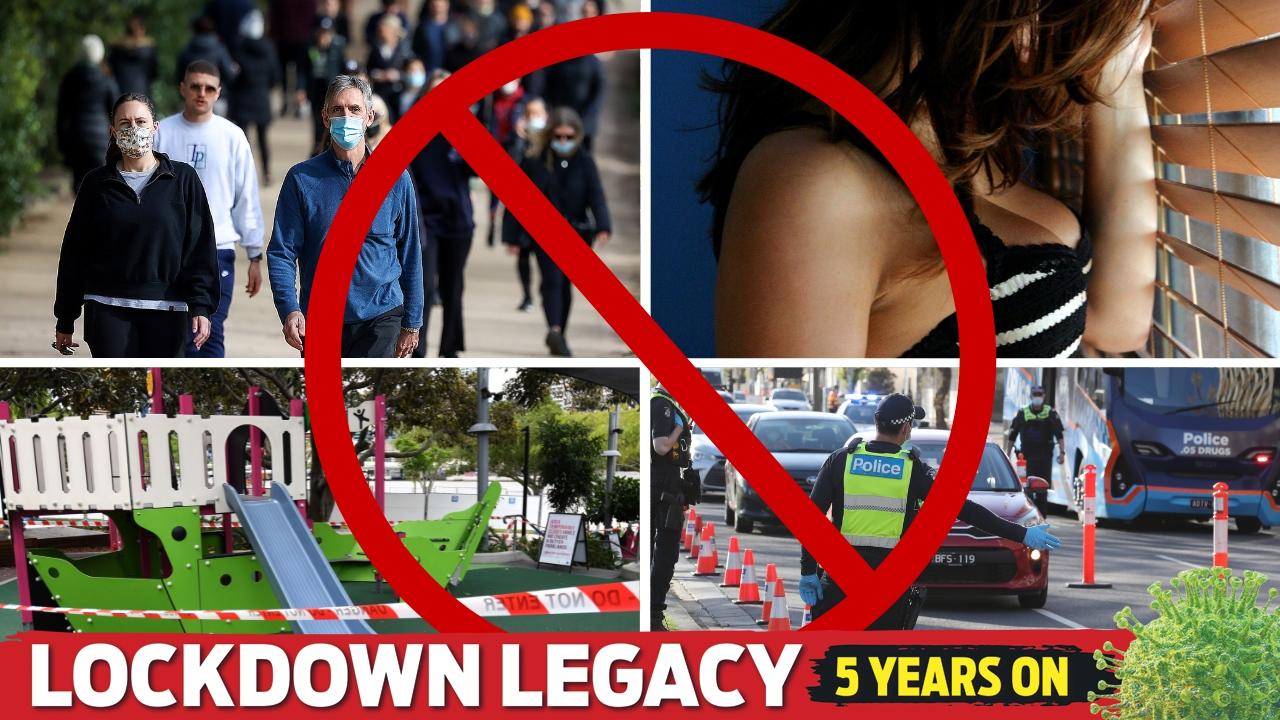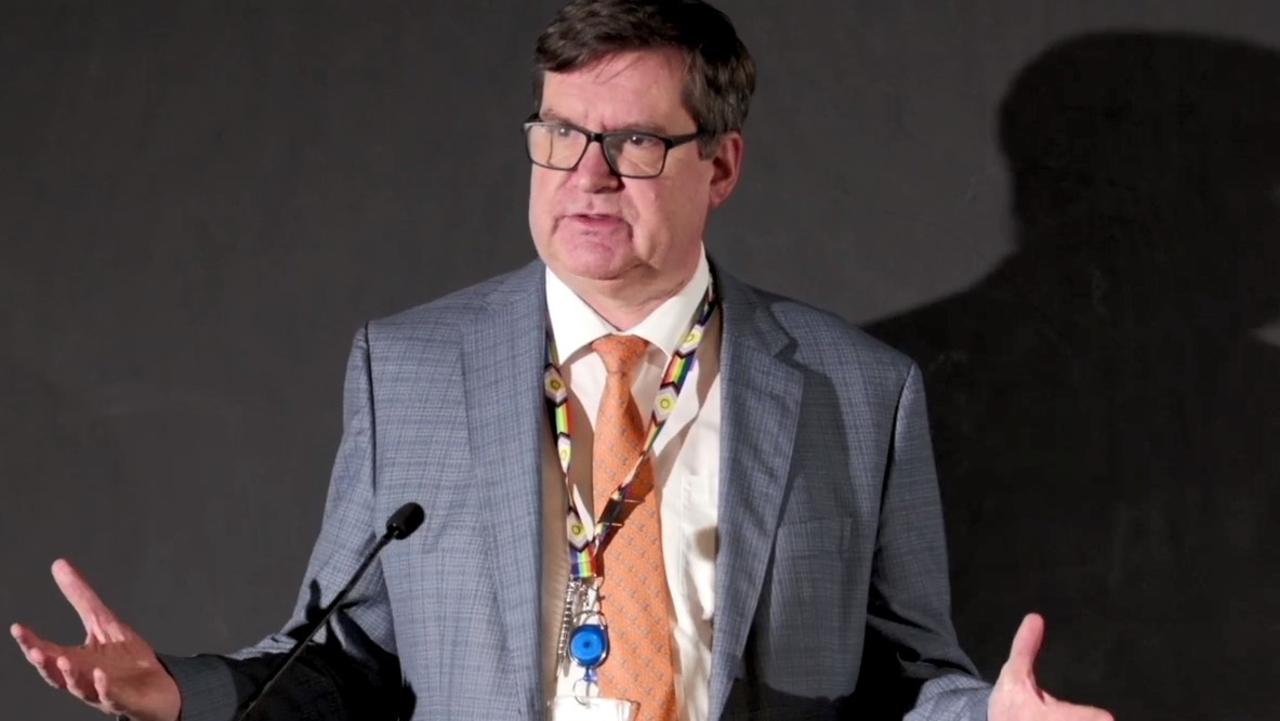Key reason why latest clusters dramatically blew out
Contact tracers have found the reason why Victoria’s latest Covid clusters blew out and they worry the issue could again cause another lockdown.
Coronavirus
Don't miss out on the headlines from Coronavirus. Followed categories will be added to My News.
A handful of infectious Victorians who waited too long for Covid-19 tests while symptomatic dramatically blew out the severity of the latest outbreaks.
An analysis of Victoria’s ongoing clusters flags big concerns testing delays by sick Victorians remain a “weak link” in ensuring the state can avoid mass outbreaks or further lockdowns.
In a sliding-doors moment, one of the most crucial cases of the Whittlesea-Port Melbourne-Arcare outbreak waited more than three days after their first symptoms before undergoing a Covid test.
Had the person undergone a test immediately the outbreak would have stopped at 14 cases, but has now snowballed into 73 and triggered a statewide lockdown.
Other key cases found to have circulated for up to a dozen days infectious before finally undergoing a test.
With new data indicating Victoria’s overhauled contact tracing system was able to put a fence around the initial Whittlesea outbreak within just 60 hours, Department of Health secretary Euan Wallace said the delays in seeking a Covid test was the state’s biggest danger.
“This is the weak link now,” he said. “The contact tracing system – testing, tracing and isolating – is working really well.”
Prof Wallace, who said Victoria’s contact tracing “would stand up anywhere globally”, revealed it took authorities just 24 hours to test and isolate a case, but an average of three to five days for them to come forward for testing.
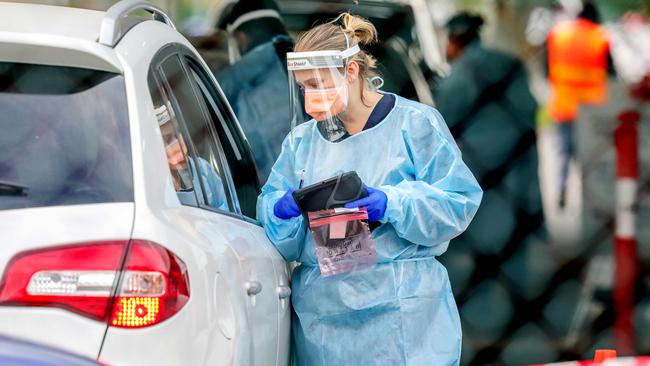
WEAKEST LINKS
In a desperate bid to find out why sick Victorians are waiting to undergo a Covid-19 test, health investigators reviewed cases throughout the state’s various outbreaks.
But examinations of gender, age, cultural background, education, and professions have failed to show a singular group in need of attention – with doctors as likely as meat workers to delay a test.
Deputy chief health officer Associate Professor Daniel O’Brien – who heads Victoria’s contact tracing efforts – said any delay could have massive consequences.
“Speed is the key and when we lose two, three, four or five days, it really puts us behind the Eight ball,” he said. “We have seen it over and over again in this outbreak, people sitting at home for five to seven days with symptoms.”
Having recorded 90 days without community transmission before the outbreak on May 23, Prof Wallace fears complacency had crept in.
“When you are running a contact tracing system that gets to five rings (around cases) within 60 hours, three days is a massive delay in the system,” Mr Wallace said.
“We have had people out for 12 days.”

GONE IN 60 HOURS
When a positive test result came though at 11.12pm on May 23, an army of contact tracers began a 60-hour race to save Victoria from a third coronavirus wave.
Within minutes a doctor had called the Wollert man to inform him he had Covid-19 and had to isolate.
By 7.30am, as a mobile testing team was dispatched to the family’s home, in-depth interviews with the first case began to identify everywhere he had been while infectious.
As those interviews continued, details of the people and places he identified were passed on to different investigators, who were on the phone placing primary close contacts in quarantine in real time.
At 1.37pm cases two, three and four were confirmed and, at 1136pm, a fifth was identified.
As the contact tracers hit the ground running with interviews of the fifth case at 8.30am on May 25, the importance of the speed they were moving became evident.
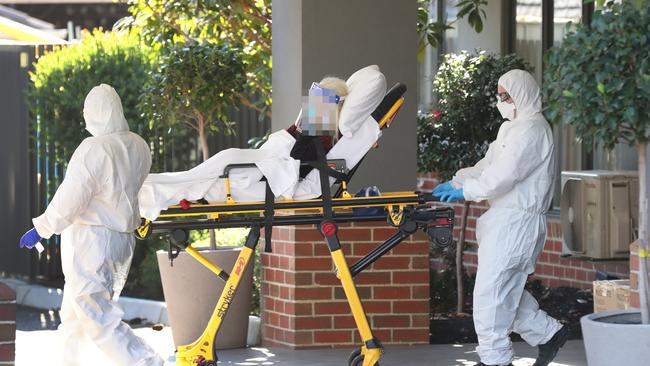
The latest cases revealed the outbreak had spread to Port Melbourne business Stratton Finance, and the list of exposure sites and avenues for coronavirus to spread multiplied.
By prioritising interviews and rushing home testing on the area tracers were able to identify cases six, seven, eight and nine by 1.53pm, placing a second ring of containment around the outbreak.
“That third case … by the time we knew about it there was already at least 12 people out in the community who were already positive and, if we hadn’t had that speed to get to that so quickly, those 12 people could have really led to a major outbreak, a super spreading event,” Assoc Prof O’Brien said.
“We had identified the case, the primary close contacts that become cases themselves, their close contacts who become cases, and close contacts of them that become contacts – all within 24 hours.”
Further prioritised testing saw cases 10, 11 and 12 return positive tests at 11am, allowing tracers to have chased down three generations of cases.
By the time the latest cases’ close contacts, and then their contacts, were quarantined, the tracers had effectively placed five rings of containment around the initial Whittlesea case in just 60 hours.
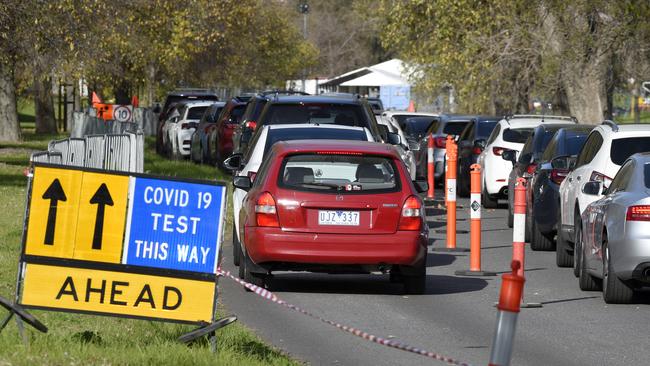
THE BENCHMARKS
In the wake of Victoria’s disastrous second coronavirus wave, national benchmarks were introduced to ensure states identified 75 per cent of new cases within 24 hours of testing, have all contact tracing interviews done within 48 hours, and have quarantined all close contacts within 72 hours.
This is the point at which the “first ring” of containment is complete.
While a full review of the latest outbreaks will only be completed a fortnight after they have been run to ground, Prof Wallace said ongoing analysis showed Victoria had smashed the national benchmarks.
Although the contact tracing team is still roughly the same size as it was during Victoria’s second wave, regional offices connected to a real-time computer system allowed it to complete a “staggering” five rings within 72 hours. “We got to five rings within 60 hours,” Mr Wallace said.
TESTING TIMES
Crucial to the speed of Victoria’s latest response has been a dramatic improvement in the turnaround time of tests.
About half of tests were turned around within 24 hours during the Black Rock cluster, and 78 per cent during the Holiday Inn outbreak occurred.
It has jumped to 82 per cent in the latest Whittlesea and West Melbourne outbreaks.
More importantly, tests for many of the priority tests for close contacts deemed to present the biggest danger of spread have been completed within just four hours of their names emerging.



